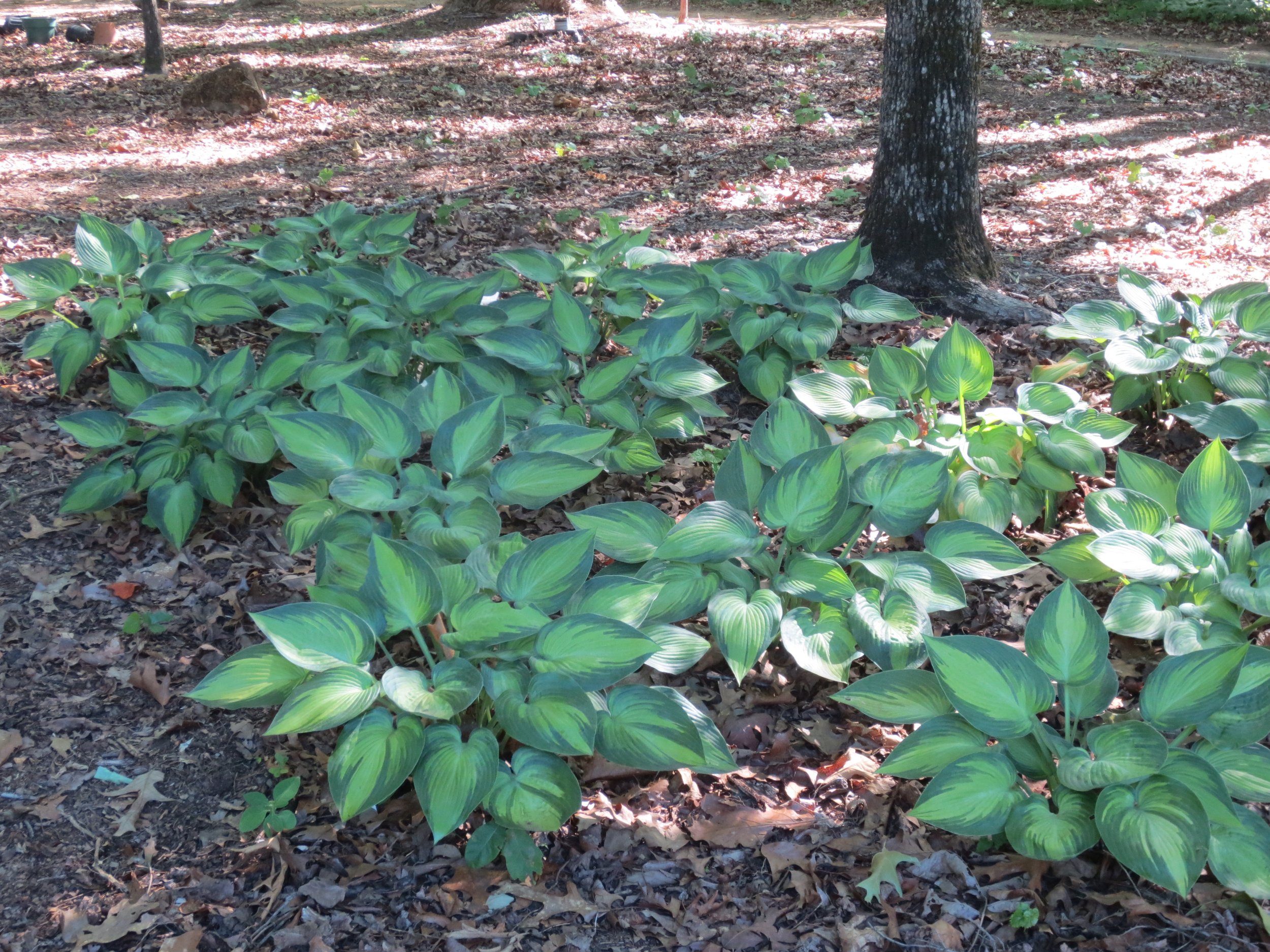I have been experimenting with ways to keep deer from eating my precious garden plants. Native wildlife habitats are being transformed into new housing developments to accommodate the tremendous population growth in the southeast. Sightings of deer, turkeys, raccoons, possums, bears, and skunks are becoming common, even in city locations. I live in a rural area, where the deer seem to believe that I have prepared a buffet for them. They have a pronounced appetite for my hydrangeas, daylilies, hostas, and sunflowers.
Fencing my acreage would be cost prohibitive. I have tried several repellant tactics that worked only for a week or two: human hair and stinky soap. The birds like the former. The nests in my birdhouses looked like dolls’ wigs. And the deer liked the latter. They gnawed on the bars of Irish Spring hanging in my precious fruit trees. I tried a motion-activated radio (they danced) and a motion-activated water sprinkler (they showered, using Irish Spring, I assume). I also tried the bad smelling deterrents based on pigs’ blood or coyote urine (gross!) and the bad tasting ones based on rotten eggs or hot peppers. These worked until diluted by rain, but smelled so rank that I couldn’t tolerate their use. I refuse to reapply expensive products after every rain, so I have planted strong-fragranced plants like rosemary, society garlic, chives, and catnip throughout my beds. This has been successful in some areas, not in others.
I am a Master Gardener, and only present science-based information, but I feel compelled to share the results of my current deer discouragement experiment involving Milorganite. Milorganite is a mild fertilizer (6-4-0, slow release), in the form of small gray pellets. It is a sterile product manufactured from dried, processed microbes used to break down the intake of the Milwaukee Metropolitan Sewer District. Don’t be squeamish: It is NOT dried poop. Click here to get the real story on what it is and how it is manufactured. It has a pronounced fragrance, but humans must be a few inches from the product to detect it. Milorganite is not labeled as a deer repellant, but many people recommend using it for this off-label purpose. I decided to give it a try. Like the repellants above, it needs to be reapplied after every rain to be effective.
Call me thrifty or call me lazy, but I decided to develop a means of keeping the product dry from rains or irrigation while still allowing the odor to permeate the protection area. I use small, plastic food storage containers (Amazon) with snap-on lids. I used a regular, hand-held hole puncher to make a series of odor-escape holes around the upper part of the container, filled the containers half-full of Milorganite, and snapped the lids on to make a waterproof “sachet.” I nestled the transparent containers near the base of my hydrangeas and under the leaves of my hostas, where they are almost invisible. Through rain and irrigation, the pellets inside the container remain dry. For eight weeks now, no deer have munched on my plants although I have seen several small herds walk by. I am labeling this experiment a success. I’ll update you, readers, if things change.







